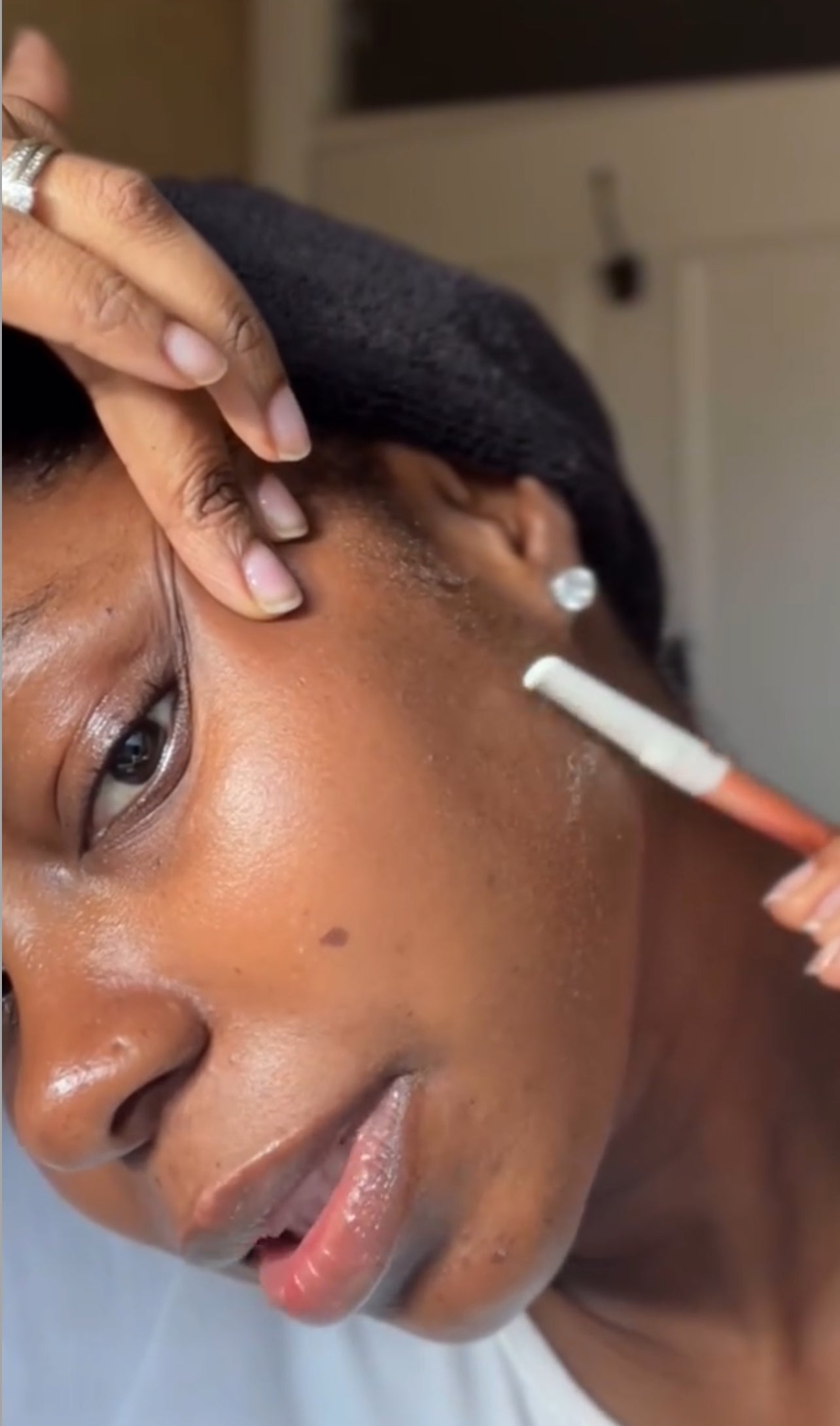
Can Dermaplaning at Home Help with Acne?
Acne is a common and often frustrating skin condition that affects millions of people around the world. From hormonal imbalances and diet to stress and skincare habits, various factors can contribute to the development of acne. While there are numerous treatments available, from topical medications to professional procedures, one technique that has gained popularity for its potential to improve skin health is dermaplaning. Let's explore whether dermaplaning at home can help with acne, how the process works, and what benefits it may offer for acne-prone skin.
What is Dermaplaning At Home?
Dermaplaning at home is a facial hair removal process that involves using a dermaplaning razor otherwise also known as tinker razor to gently scrape off the top layer of dead skin cells and fine vellus hair (commonly known as peach fuzz) from the face. This form of physical exfoliation aims to create a smoother, brighter skin surface and enhance the effectiveness of skincare products by allowing them to penetrate more deeply into the skin.
How Dermaplaning Works
Dermaplaning works by physically removing the outermost layer of dead skin cells and fine hair from the face. Here’s a step-by-step breakdown of the process:
- Preparation: The skin is thoroughly cleansed to remove any makeup, dirt, or oil.
- Blades: Prepare your dermaplaning blade with a correct razor top.
- Exfoliation: The blade is held at a 45-degree angle and gently stroked along the skin’s surface, scraping off dead skin cells and peach fuzz.
- Post-Care: After the procedure, a hydrating and soothing serum is applied to calm the skin and provide moisture.

Benefits of Dermaplaning for Acne-Prone Skin
1. Exfoliation of Dead Skin Cells
One of the primary benefits of dermaplaning is the removal of dead skin cells that can clog pores and lead to acne. By exfoliating the skin, dermaplaning helps to prevent the buildup of these cells, which can trap oils and bacteria, leading to breakouts. Regular exfoliation can also promote the regeneration of new skin cells, leading to a healthier complexion over time.

2. Improved Product Absorption
After dermaplaning, the skin is more receptive to skincare products. Without the barrier of dead skin cells and peach fuzz, active ingredients in acne treatments and other skincare products can penetrate more deeply and work more effectively. This means that serums, moisturizers, and treatments can deliver their benefits more efficiently, potentially leading to better acne management.
3. Smoother Skin Texture
Dermaplaning can improve the overall texture of the skin, making it feel smoother and softer. For those with acne-prone skin, this can be particularly beneficial as it helps to create a more even surface, reducing the appearance of acne scars and uneven skin texture.
4. Reduction of Fine Hair
While peach fuzz is not a direct cause of acne, it can trap dirt and oils, contributing to clogged pores. By removing these fine hairs, dermaplaning helps to keep the skin cleaner and reduce the likelihood of breakouts.
5. Non-Invasive and Minimal Downtime
Unlike some other acne treatments that can be harsh or invasive, dermaplaning is a gentle procedure with minimal downtime. This makes it a suitable option for those looking for a less aggressive method to improve their skin’s health and appearance.
Considerations and Precautions
While dermaplaning offers many benefits, there are some important considerations and precautions to keep in mind, especially for those with acne-prone skin:
1. Active Acne
Dermaplaning should not be performed on active, inflamed acne. The process of scraping the skin can irritate existing acne and potentially spread bacteria, worsening the condition. It's best to wait until the acne has calmed down before trying dermaplaning.
2. Sensitive Skin
Those with highly sensitive skin or conditions such as rosacea or eczema should approach dermaplaning with caution. The exfoliation process may cause irritation or exacerbate these conditions.
3. Proper Technique
When performing dermaplaning at home, it is crucial to use the proper technique and tools to avoid damaging the skin. Always use a clean, sterile blade and follow recommended procedures to ensure safety and effectiveness.
4. Post-Care
After dermaplaning, it’s essential to care for the skin properly. Applying a hydrating and soothing product can help to calm the skin and prevent irritation. Additionally, using a broad-spectrum sunscreen is important as exfoliated skin can be more susceptible to sun damage.
How to Dermaplane at Home

For those interested in trying dermaplaning at home, here are some steps to ensure a safe and effective experience:
1. Gather Your Tools
You'll need a high-quality dermaplaning tool, preferably one designed specifically for home use. Forever Dermaplaning Razor is perfect as it comes with variety of blades so that you can customise your facial.
2. Cleanse Your Face
Start with a thorough cleanse to remove any makeup, dirt, or oil from your face. Pat your skin dry with a clean towel.
3. Sterilize the Blade
Ensure that your blade is clean and sterile. If using a reusable handle, make sure to disinfect it properly.
4. Prepare Your Skin
You can use a toner to ensure your skin is completely clean and free of any residue. If your skin is particularly dry, you may want to apply a lightweight serum such as aloe vera serum or dermaplaning oil to help the blade glide more smoothly.
5. Perform the Dermaplaning
Hold the skin taut with one hand and, with the other hand, hold the dermaplaning tool at a 45-degree angle. Gently stroke the blade across your skin in short, light motions, moving in the direction of hair growth. Avoid pressing too hard to prevent irritation.
6. Post-Care Routine
After dermaplaning, rinse your face with cool water and apply a hydrating and soothing product such as hydrating serum or nourishing facial oil. Follow up with your usual skincare routine, and don’t forget to apply sunscreen during the day.
Best Products to Use Post-Dermaplaning
To maximize the benefits of dermaplaning, consider incorporating the following types of products into your post-care routine:
1. Hydrating Serums
Look for serums containing hyaluronic acid or glycerin to deeply hydrate and plump the skin. These ingredients help to lock in moisture and keep the skin feeling soft and supple.
2. Soothing Products
Products containing ingredients like aloe vera, chamomile, or green tea can help to calm and soothe the skin after dermaplaning, reducing any potential irritation.
3. Antioxidant-Rich Formulas
Antioxidants such as vitamin C and E can help to protect the skin from environmental stressors and promote a healthy, radiant complexion.
4. Non-Comedogenic Moisturizers and Oils
Opt for lightweight, non-comedogenic moisturizers and oils to ensure that your pores remain clear and unclogged, reducing the risk of breakouts.
Dermaplaning at home can be a beneficial addition to an acne management routine when done correctly and safely. By exfoliating the skin, improving product absorption, and creating a smoother texture, dermaplaning offers several advantages for acne-prone skin. However, it is important to consider individual skin conditions, avoid dermaplaning over active acne, and follow proper techniques and post-care routines to ensure the best results. As always, consult with a skincare professional before starting any new skincare treatment, especially if you have specific concerns or conditions. With the right approach, dermaplaning can be a valuable tool in achieving clearer, healthier skin.


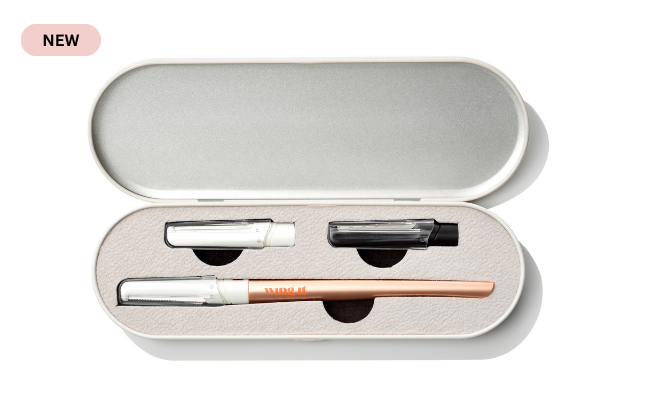
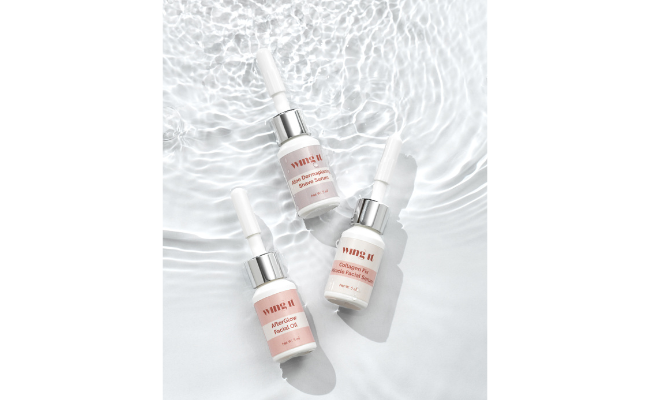
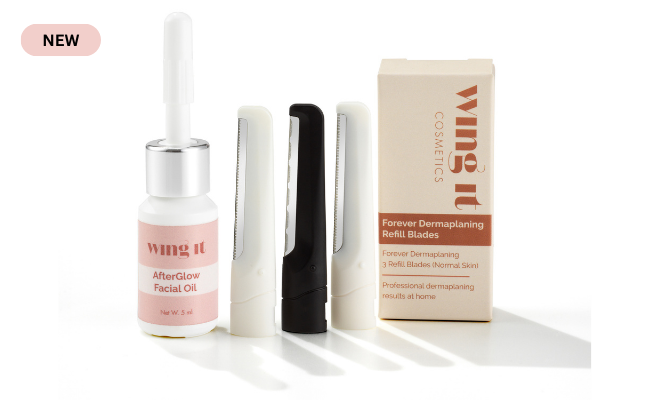
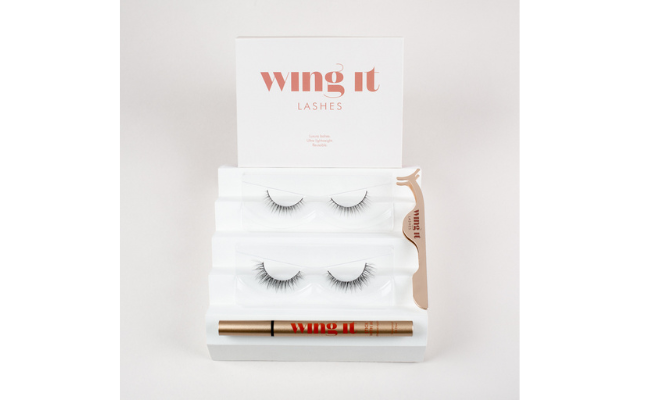
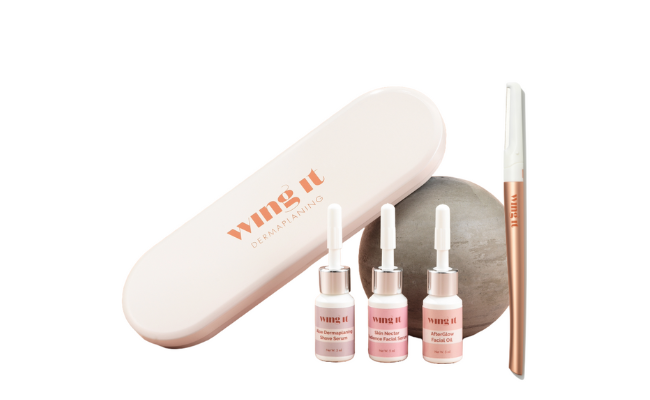

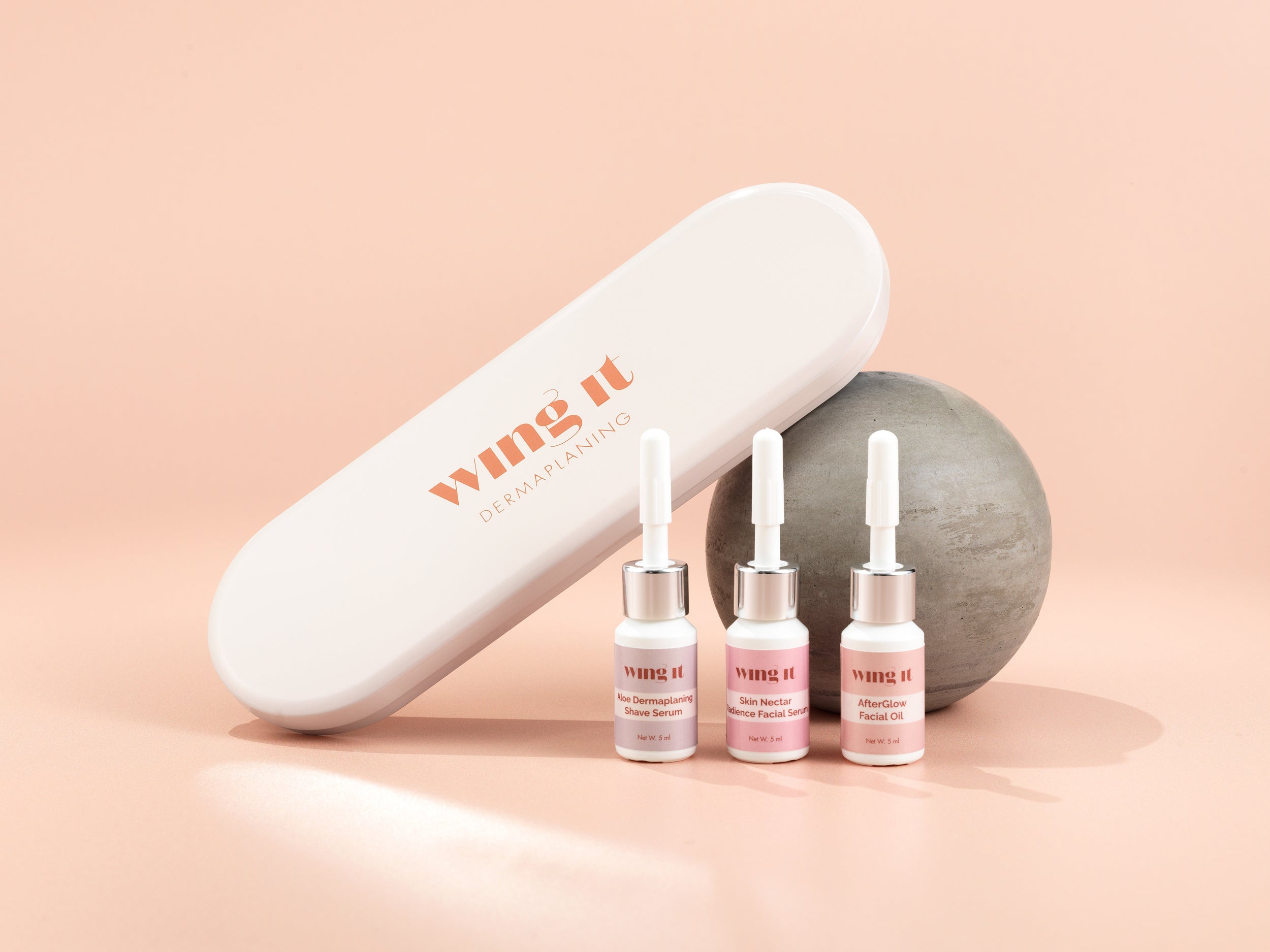
Leave a comment
This site is protected by hCaptcha and the hCaptcha Privacy Policy and Terms of Service apply.